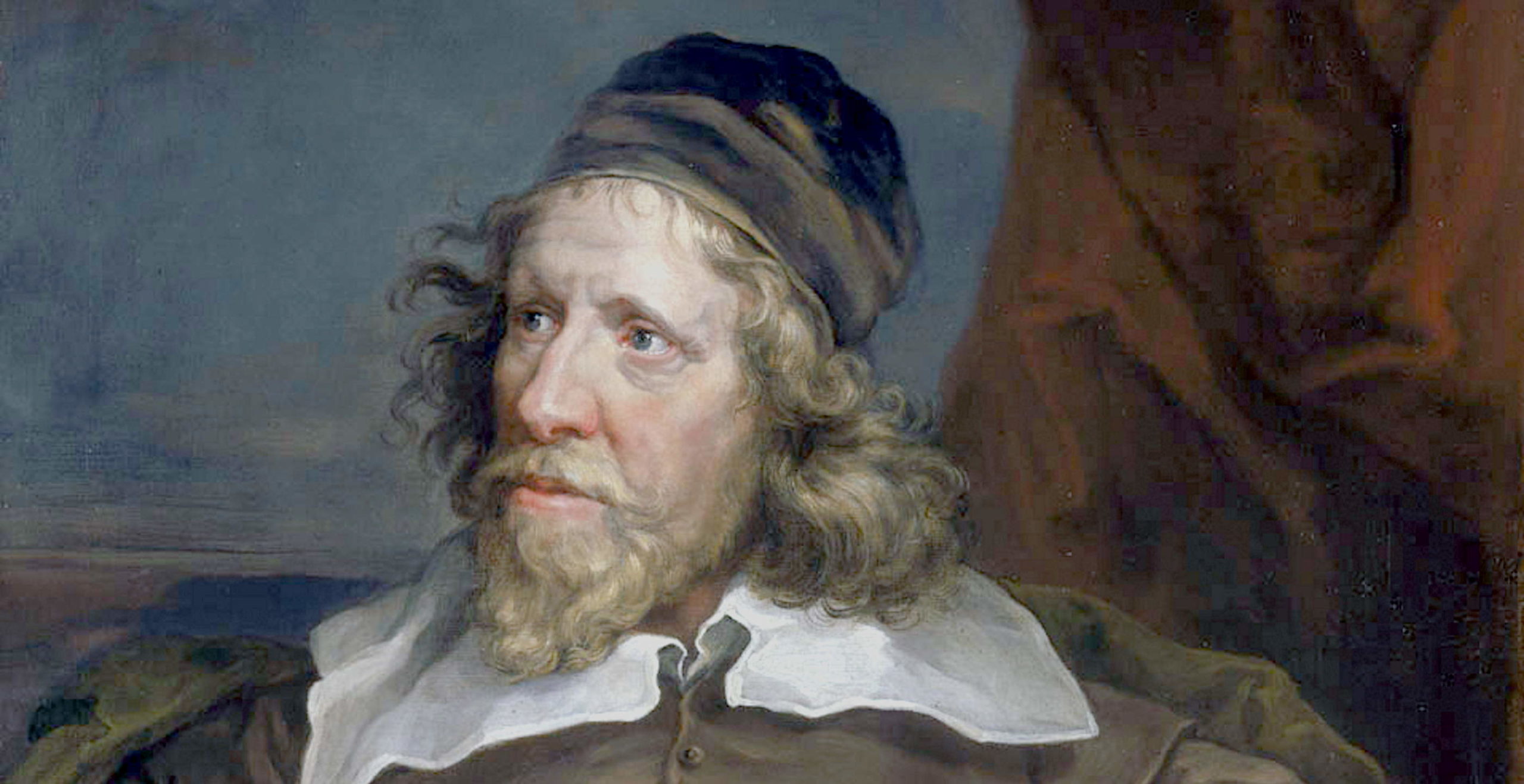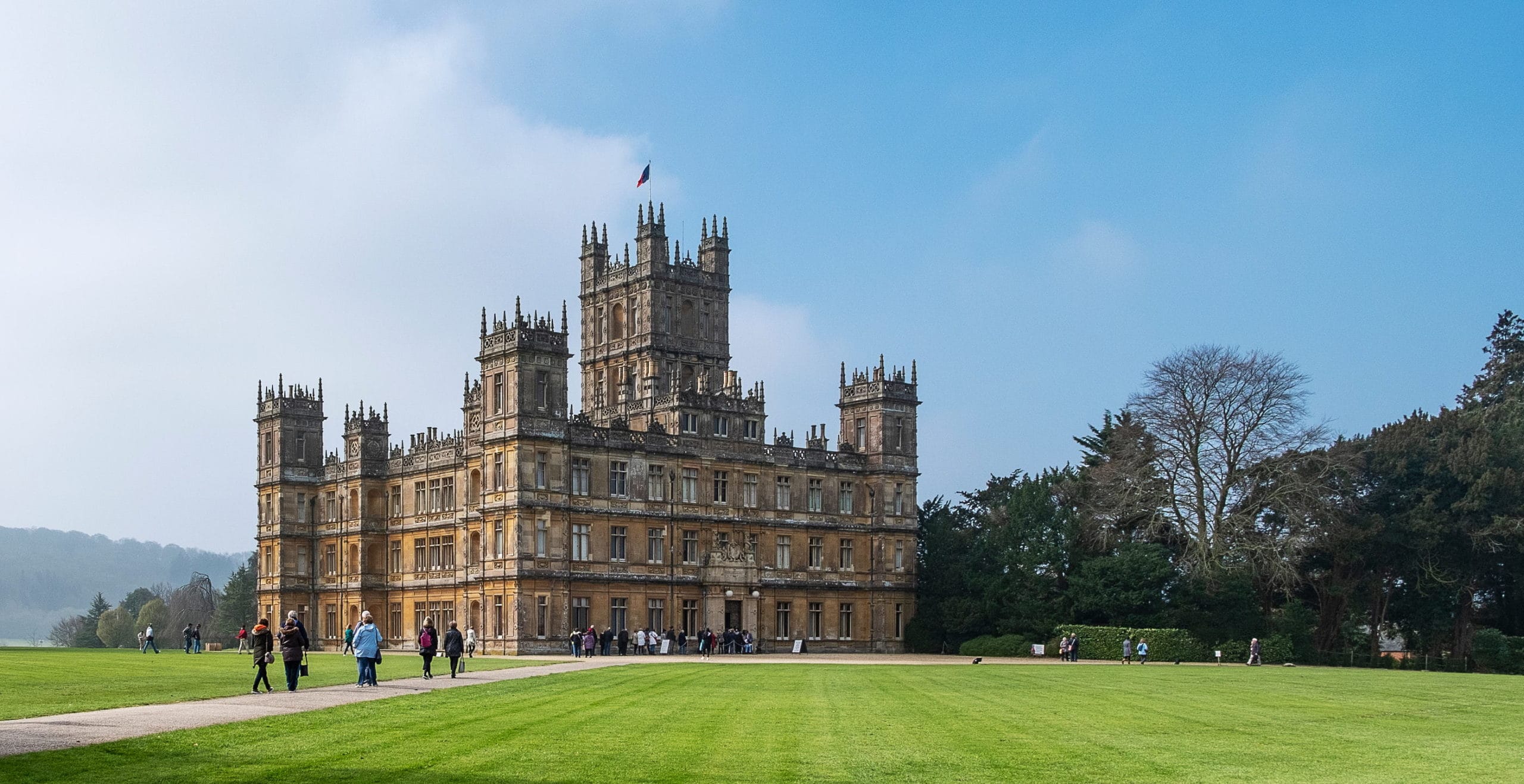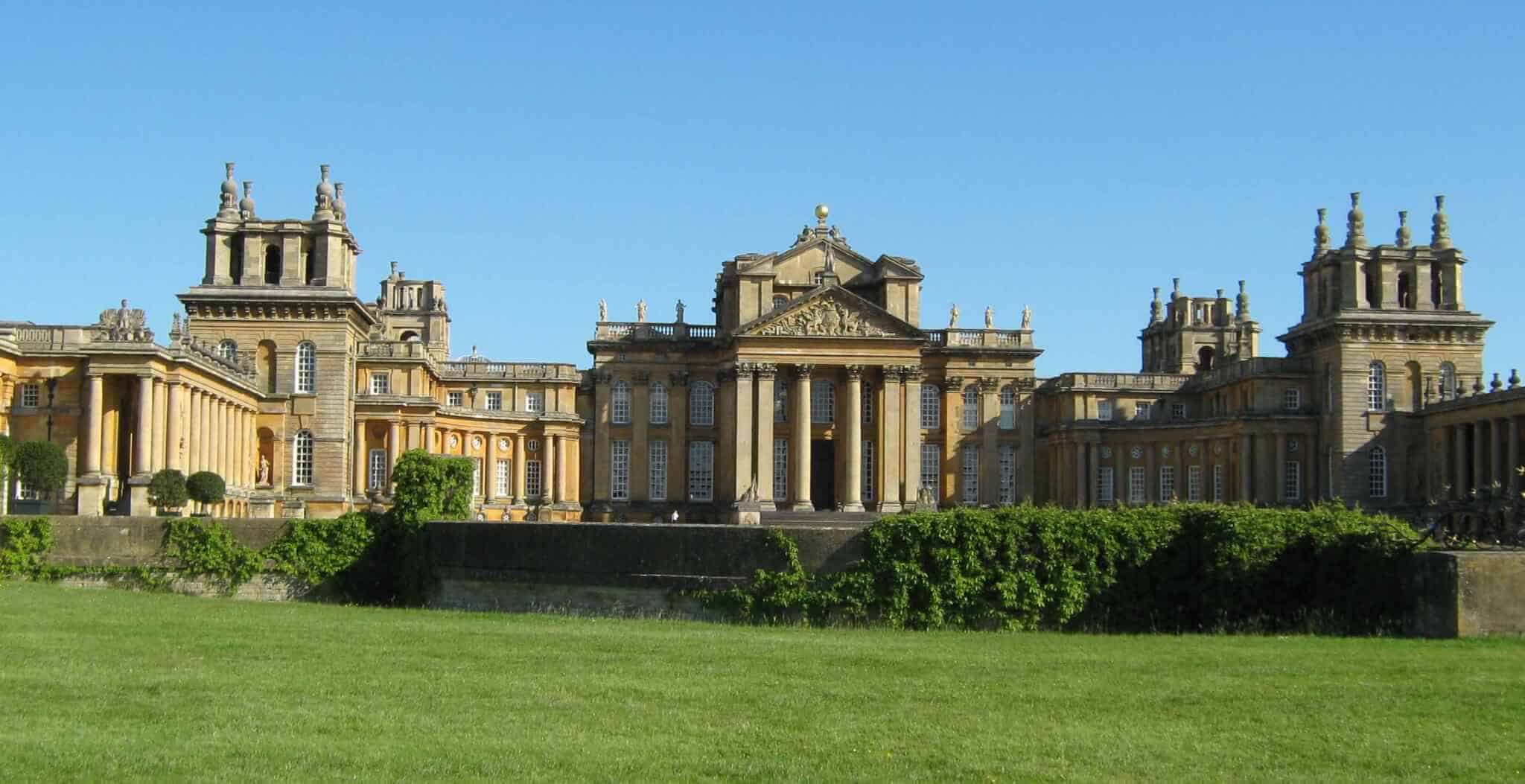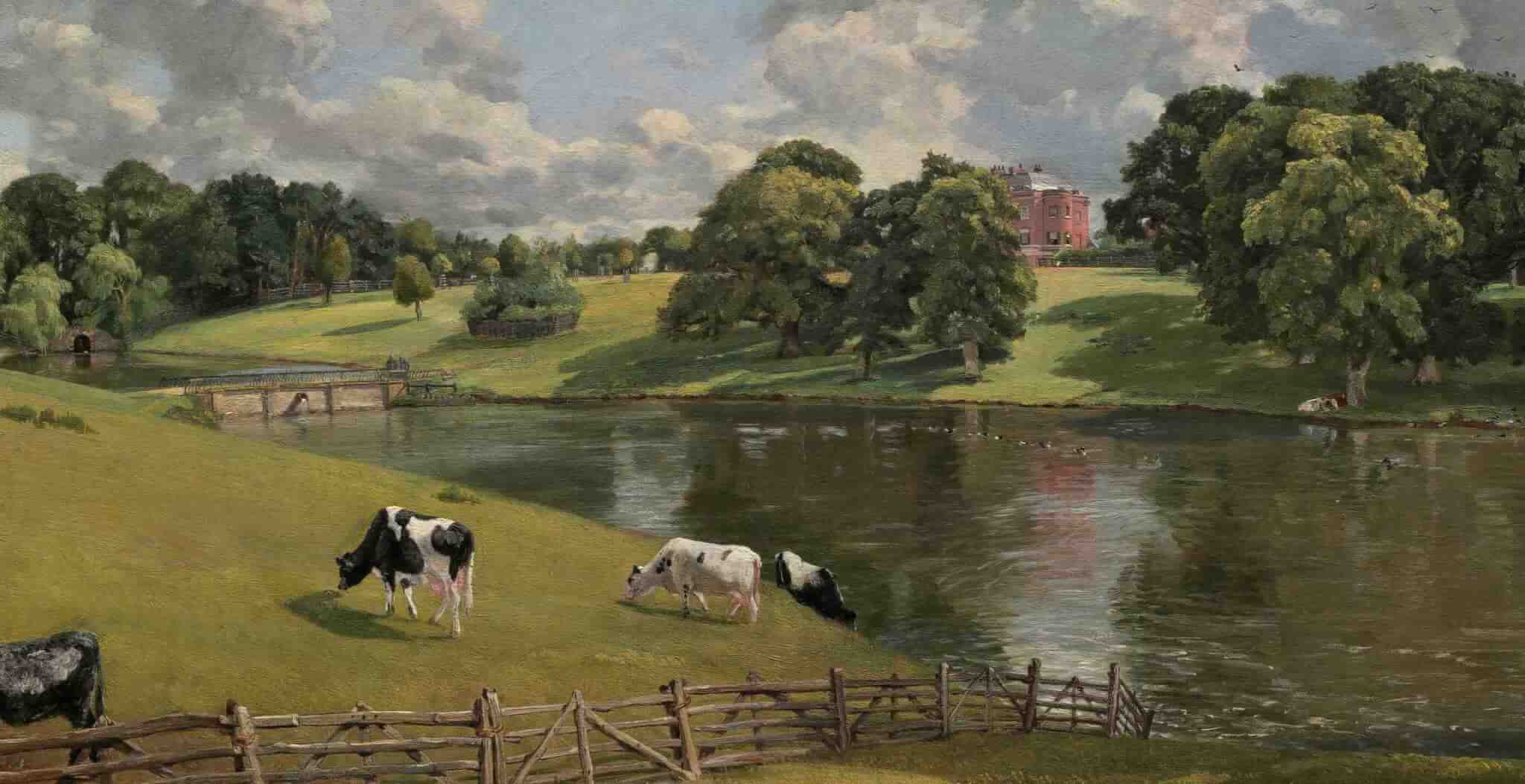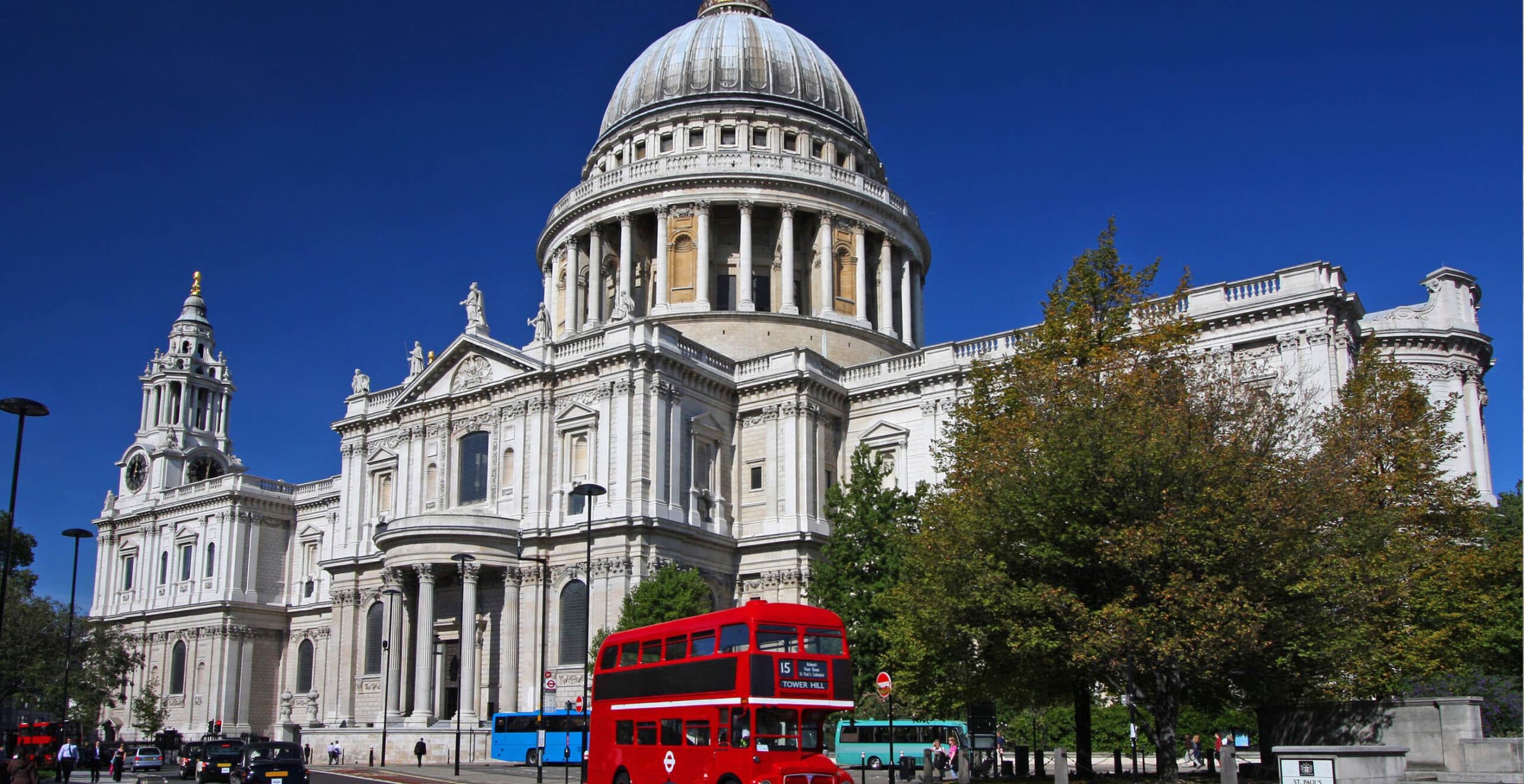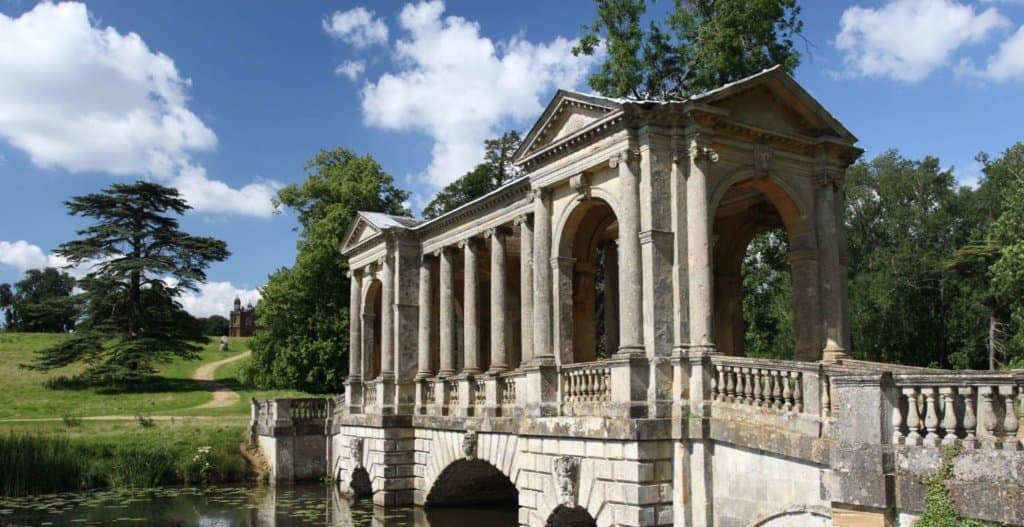The Father of the English Palladian style, Inigo Jones was a legendary architect, bringing a taste of the Italian Renaissance to some of the most notable buildings in England.
Unlike many of his esteemed colleagues, Inigo Jones came from humble beginnings. The son of Smithfield cloth maker, his early life remains somewhat of a mystery and yet this self-taught designer managed to catch the eye of some of the most important members of nobility, including the royal family.
Born in 1573, Jones began his life as a set-designer before branching out into the field of architecture where he would discover his true calling and passion.
He began working in the production of masques, a form of entertainment in the courts which derived its inspiration from Italy but became popular in the rest of Europe in the sixteenth century. The production involved ornate and decorative stage design, which Inigo Jones found himself involved in producing.
The rest of the show was comprised of singing, dancing and acting, with the playwright Ben Johnson writing a number of masques, with Jones supporting him with costume design and setting construction. This would thus provide a solid foundation in which to base his future career as an architect.
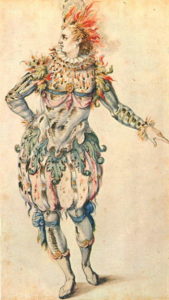 Masque costume “A Star” by Inigo Jones
Masque costume “A Star” by Inigo Jones
One of the most defining moments for Jones came when he benefited from the influence of a patron who financed a trip to Italy in 1598. This would be the first trip Jones would take in his lifetime, and proved to be instrumental in defining his style and inspiration.
At the times Jones arrived in Italy, the country had been enveloped by the Renaissance experience of the previous centuries, transforming the country into a nucleus of art, design, literature and cultural advancement.
The Renaissance itself had emerged from the glorious city of Florence and soon spread throughout the country and beyond its borders. The Guttenberg press proved vital in the dissemination of knowledge and soon ideas were being shared far and wide, impacting cultures across the continent.
In England, the impact of the Renaissance was yet to be felt as strongly, at least not until the sixteenth century, when a cultural flourishing took place in various fields, producing a generation of great writers, artists, philosophers and architects. What Inigo Jones did not know at the time, was that he was going to take his place amongst some of the greats!
Jones spent his time in Italy wisely, visiting the epicentres of culture such as Florence, Rome and Venice. This was a time of great discovery for a man that came from modest beginnings: his world had suddenly expanded and so too had his vision.
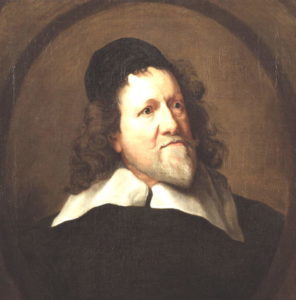
It was here that he first was exposed to the work of the great Italian architect Andrea Palladio, one of the masters of his time in Renaissance Italy. He was a man who embraced the classical styles of ancient architecture, inspired by ancient civilisations; his ideas were ground-breaking and innovative.
Jones immediately looked on Palladio’s style with great eagerness, so much so that he studied all of his buildings and visited ancient sites as sources of inspiration. When Inigo returned to England, he was much changed. He now had great design ideas of his own, inspired by his Italian adventure.
Thanks to his patron the Earl of Rutland, who had close connections to King James I, Jones returned to England with many more credentials than when he had left. He had, in his time abroad, become fluent in Italian as well as developed a skill as a draughtsman, which was most unusual at the time (this involved drawing to scale and with full perspective).
Jones also had much more experience under his belt after studying with the famous Giulio Parigi, in set design. With close links to the Medici family this was a wonderful opportunity for Jones to hone his craft in the world of theatre as well as architecture.
Back in his hometown, Jones found work again in the field of masques, something which would earn him great respect, even designing masques for court.
His work in masque would continue even when he drew the attention of the Earl of Salisbury who offered him his first architectural commission, the New Exchange in the Strand.
He was then employed, two years later, as the surveyor of works on behalf of Prince Henry, showing the high esteem in which his work was held. Sadly the prince died and a year later Jones embarked on yet another inspirational Italian trip, this time on behalf of the art collector Lord Arundel. After a year of further travelling, visiting other countries such as France for inspiration, Jones returned to find a rather illustrious position was waiting for him.
In 1616 he was employed as Surveyor-General to King James I, a position he held on to until 1643 when the upheaval and turbulence of the English Civil War forced him out of his position.
In the meantime, Jones oversaw the construction of great buildings on behalf of James I as well as Charles I.
As an admirer of the Palladian style, Jones made sure to incorporate typical proportions and symmetry which was the cornerstone of such classical design.
His first building to be commissioned was the completion of the queen’s residence at Greenwich. The Queen’s House, which although started in 1617, would only be completed by 1635 after numerous interruptions. Sadly Queen Anne would never see its completion.
 Queens House, Greenwich Park. Licensed under the Creative Commons Attribution-Share Alike 3.0 Unported license.
Queens House, Greenwich Park. Licensed under the Creative Commons Attribution-Share Alike 3.0 Unported license.
As he embarked on his architectural debut at the Queen’s House in Greenwich, Jones made use of this great opportunity to introduce England to the Palladian style. Later known more colloquially as the “Italian Style”, Jones sought to recreate the mathematical aesthetic and classical designs favoured and inspired by Roman architecture.
The Queen’s House was designed on the basis of an Italian palace model and was quite revolutionary for its time. The building displayed typical classical design features such as the long portico of columns, vertical motifs and symmetry, all of which were executed with mathematical precision.
His next project was equally as valuable; the Banqueting House at Whitehall, part of a general remodelling plan and completed in 1622, boasting an elaborate painted ceiling by the famous baroque artist Rubens.
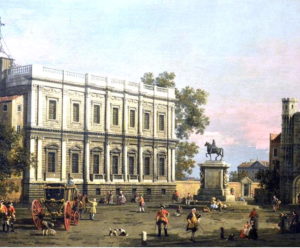 The Banqueting House at Whitehall
The Banqueting House at Whitehall
Taking inspiration from the style of an ancient Roman basilica, the Banqueting House was designed to be the setting for elaborate masques and banquets. Today it maintains its function as a location for events.
He also involved himself in the work of religious buildings, most notably the Queen’s Chapel at St James’s Palace as well as St Paul’s church, which was the first church to be designed in a classical style and form. During his career he helped to restore St Paul’s Cathedral, remodelling the construction with a classical frontage which was sadly lost in the Great Fire of London in 1666.
One of his other famous creations, which continues to draw large crowds today, is Covent Garden. Jones was commissioned to create London’s first square by the Duke of Bedford. Sourcing his inspiration from his Italian travels, the new square was ambitiously modelled on the typical Italian piazzas with which he had fallen in love.
This was a grand and ambitious project. Jones tapped into his knowledge of piazzas ranging from San Marco’s in Venice to the Piazza della Santissima Annunziata in Florence, creating a large square, church and three terraces of homes. This was ground-breaking and quickly influenced how the rest of the West End would be designed.
Another architectural landmark associated with Jones is Wilton House in Wiltshire, which belonged to the Herbert family. Whilst his involvement has been disputed since, with some believing his pupil James Webb was also instrumental in its design, the building itself displays all the typical Palladian features expected.
In his lifetime Jones undertook a great deal of monumental projects, all of which were closely linked with the monarchy. Sadly, this was also his ultimate downfall when the ensuing English Civil War broke out and Jones found himself out of work.
In the last years of his life he received no more commissions, however the extent of his work lived on for centuries to come, long after his death in June 1652.
He was a great architect who left a lasting legacy for fellow designers and architects to follow in his footsteps, including none other than the illustrious William Kent.
A man with a humble background, Inigo Jones rose to become one of the most famous and sought after architects of his time contributing to an entire design movement and the revival of classical architecture in Britain.
Jessica Brain is a freelance writer specialising in history. Based in Kent and a lover of all things historical.
Published: 28th June 2022
